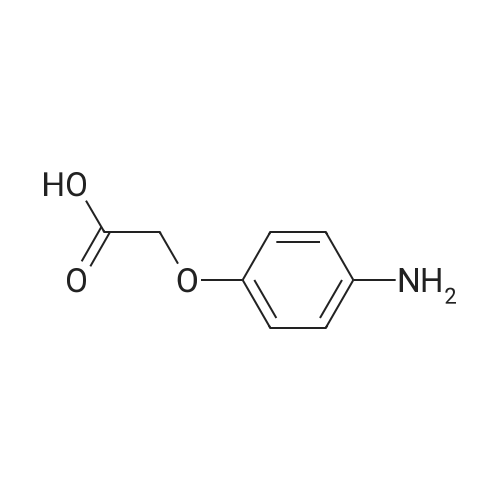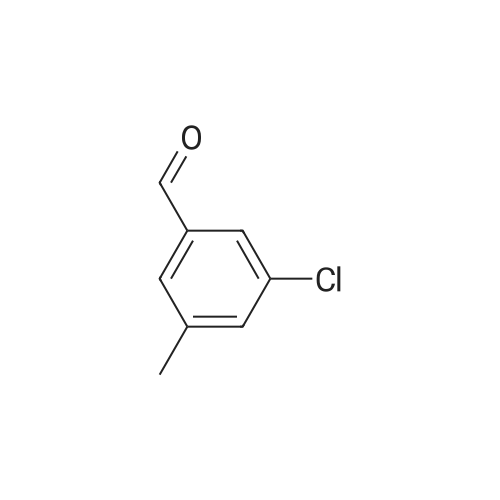More
Abstract: Over the years bacteria have developed resistance against antibiotics. Overuse and misuse of antibiotics is one of the main reasons of this increased bacterial resistance. A recently discovered peptide antibiotic known as teixobactin has shown potent activity against Gram-positive bacteria including methicillin-resistant Staphylococcus. aureus (MRSA), Mycobacterium tuberculosis, and vancomycin-resistant enterococci, (VRE). The structure of teixobactin consists of several uncommon amino acids including D-amino-acids and L-allo-enduracididine. L-allo-Enduracididine is a unique amino acid residue consisting of a 5-membered guanidine ring, which offers a great challenge for its synthesis. Most of the reported syntheses of L-allo-enduracididine are lengthy and consist of a lack of stereoselectivity and overall low yields, which stresses the need to develop a more efficient synthetic route to enduracididine using readily available reagents.A synthetic strategy was proposed to construct the 5-membered cyclic guanidine structure using a C-H amination reaction catalyzed by Rh2(esp)2 as the key step. For this purpose, attempts to synthesize various arginine derivatives bearing a 2,2,2-trichloroethoxysulfonyl- (Tces-) protected guanidine were conducted by condensing isothiourea 21 with different derivatives of L-ornithine. First, 2,2,2-trichloroethylsulfamate (24) was synthesized from chlorosulfonyl isocyanate (CSI) with 57% yield. S,S-Dimethyl-N-(2,2,2-trichloroethoxysulfonyl)carbonimidodithionate (25) was made from 24 in 89% yield, which was consequently converted to S-Methyl-N-(2,2,2-trichloroethoxysulfonyl)isothiourea (21) in 94 % yield. Ester derivatives of L-ornithine were synthesized, including N-(δ-tert-butoxycarbonyl)-N-(α-([fluoren-9-yl]methoxy)carbonyl)-L-ornithine methyl ester (28) in 80% yield, and N-(δ-tert-butoxycarbonyl)-N-(α-([fluoren-9-yl]methoxy)carbonyl-L-ornithine allyl ester (34) in 93 % yield. Removal of the Boc protecting group was followed by the attempted coupling of the L-ornithine derivatives with 21, which was unsuccessful and instead gave product whose NMR data was consistent with the formation of a lactam (38) resulting from reaction of the ?-amino group with the ester. C-H amination was attempted on L-Ornithine, N2-[(9H-fluoren-9-ylmethoxy)carbonyl]-N5-[imino[[(4-methylphenyl)sulfonyl]amino]methyl], methyl ester (41) by using Rh2(esp)2 which gave a complex mixture of compounds. The presented strategy could be used in the future for synthesizing protected arginine derivatives by modifications in the starting molecules. These would serve as substrates for making nitrogen-based heterocyclic compounds via C-H amination by exploring different Rh based catalysts.

 Chemistry
Chemistry
 Pharmaceutical Intermediates
Pharmaceutical Intermediates
 Inhibitors/Agonists
Inhibitors/Agonists
 Material Science
Material Science















 For Research Only
For Research Only
 120K+ Compounds
120K+ Compounds
 Competitive Price
Competitive Price
 1-2 Day Shipping
1-2 Day Shipping






















